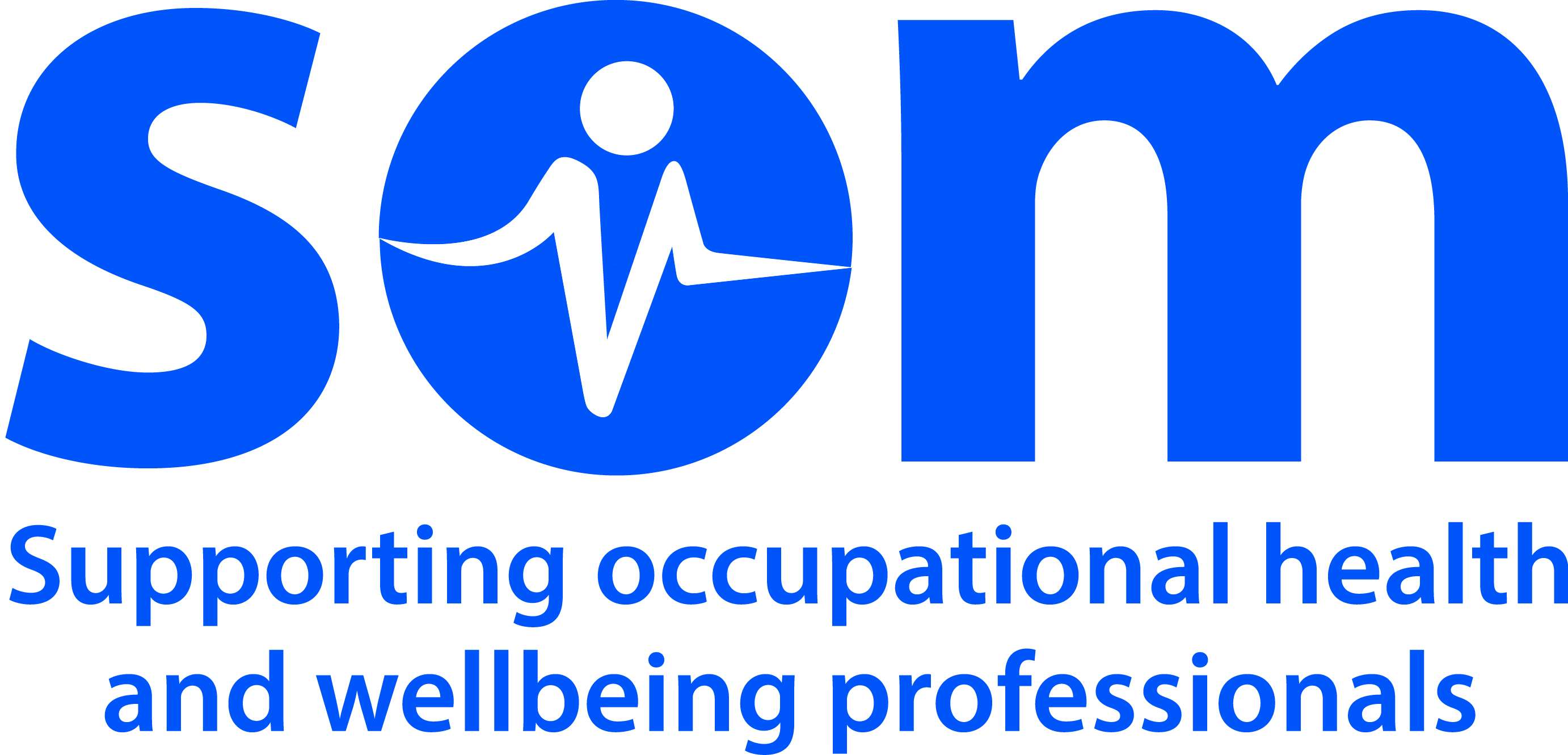Tropical Infections

Occupational Health Considerations
Some tropical infections are a risk to business travellers, ex-patriate employees, employees in tropical regions and voluntary workers overseas.
Advice to these groups is often country specific (such as caution about bathing in freshwater lakes and rivers) but some (like bite prevention to thwart insect vectors) is less specific. Occupational Health Clinicians may also be asked to draw up policy and procedure documents pertaining to controlling the risks of these infections.
Clinical Aspects
The diseases of the tropics and sub-tropics have long been known to travellers and doctors. Their uniqueness probably derives from the fact their host country hot climates continue all the year and heavy rains assist disease animal reservoir hosts and vectors to transmit infections to humans and human to infect others or become a reservoir themselves. It is likely that small pathogens are more likely to survive on surfaces in wet and warm weather. There are exceptions to this where it has been shown that good public health provision in developing countries has curtailed the spread of tropical infection. E.g Brazil and Singapore.
There is some evidence that global warming is facilitating the spread of formerly tropical diseases and vectors to higher altitudes and latitudes.
African trypanosomiasis (alias:sleeping sickness) caused by protozoa called trypanosomes that is transmitted by the Tetse fly blood sucking on humans.
Flavaviruses cause at least four diseases significantly relevant to occupational travel :Yellow fever virus, Dengue virus, Tick-borne encephalitis virus and Zika virus.
Corona viruses are zoonoses transmitted to humans via a variety of airborne droplet and touch transmission. Examples are SARS, MersCoV and Covid19.
Leishmaniasis: caused by protozoan parasites of the genus Leishmania, and transmitted by the bite of certain species of sand fly.
Chagas disease:(alias: American trypanosomiasis) is a parasitic disease which occurs particularly in South America. Its pathogenic agent is a flagellate protozoan named Trypanosoma cruzi, which is transmitted mostly by blood-sucking assassin bugs, or eating contaminated food, blood transfusion and foetal transmission.
Helminths:(parasitic worms) are common in poorer countries worldwide especially where poor water and food hygiene abounds. Part of the life cycle of the worm is exterior to the human or mammalian body. Worms can cause unexplained weight loss, abdominal pain and GI upset. Eggs can sometimes hatch in hazardous compartments of the body (e.g. brain) causing epilepsy and sometimes fatal encephalitis.
Filiariasis: is a parasitic disease caused by thread-like parasitic filarial worms called nematodes, all transmitted by mosquitoes. 120 million people are infected worldwide. The most notorious sign is thickening the skin and underlying tissues. Elephantiasis is caused by chronic infection by filarial worms blocking lymph nodes.
Dengue fever is vectored by the Aedes mosquito
Malaria vectored principally by the anopheles female Anopheles mosquitoes
Onchocerciasis is the worlds second most common cause of blindness. the disease is cause by intense immune response to Onchocerce volvulus, transmitted by the bite of a black fly.
Schistosomiasis (alias: snail fever) is cause by a freshwater parasite.
The most common form of infection is swimming in lakes, ponds and other bodies of water containing the snails and the parasite.
My reflection

